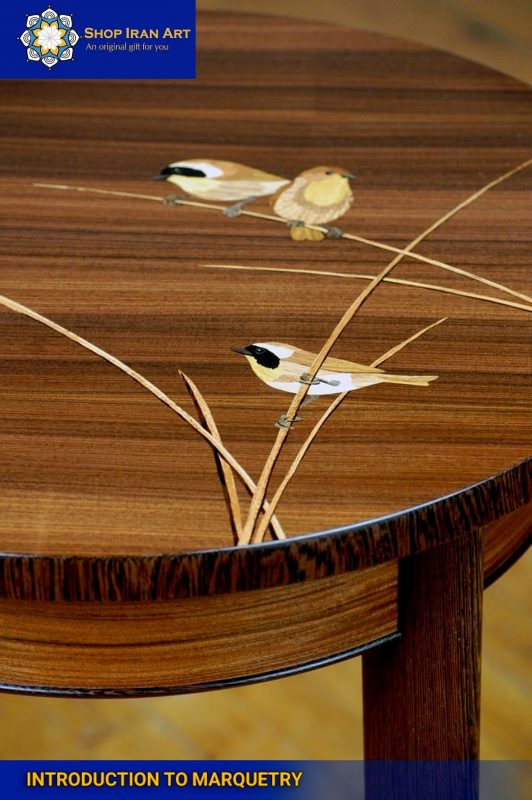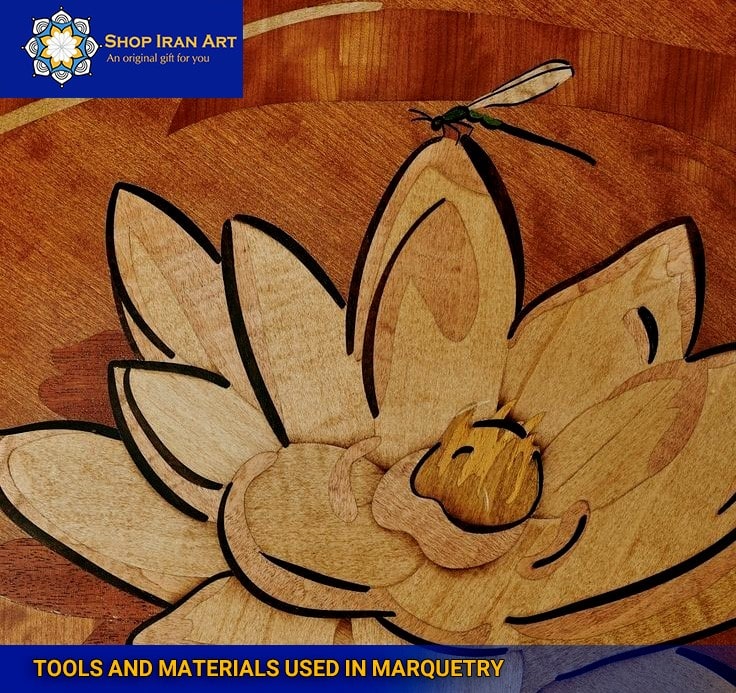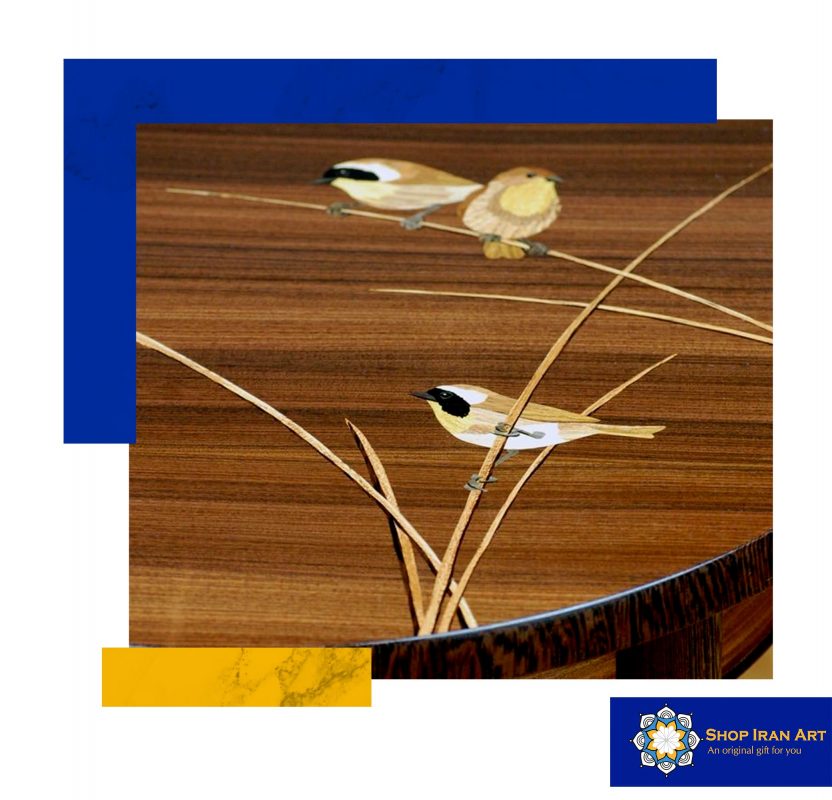Sin categorizar
Marquetry Definition
marquetry definition
The process of marquetry involves precision and patience. Artisans meticulously select veneers of various colours, textures, and grain patterns, treating them as their artistic palette. Each shell is then cut into intricate shapes, forming what is known as “packets.” These packets are carefully assembled to create a composite picture, with the resulting design often displaying a remarkable level of detail and realism.

Introduction to Marquetry
Intarsia may be traced back to ancient civilizations when artisans strived to embellish their works with complex patterns and motifs. Throughout the years, the profession has grown and succeeded by utilizing various regional styles and methodologies. Marquetry covers furniture, musical instruments, decorative panels, and even architectural features everywhere, from Europe’s sumptuous palaces to Asia’s serene temples, demonstrating its flexibility and enduring appeal.
At its core, marquetry is an art of precision and patience. Skilled craftsmen carefully select veneers of different wood species, each possessing distinct colours, textures, and grain patterns. These veneers are delicately cut into intricate shapes, forming the building blocks of the marquetry design. With meticulous precision, the craftsmen assemble these pieces in a harmonious composition showcasing their artistic vision.
The beauty of mosaic technology lies not only in the final product but also in the process itself. Artisans explore the nuances of each wood, using the unique characteristics of grain, tone and colour variations to bring their designs to life. By carefully arranging contrasting and complementary veneers, they create captivating illusions of depth, texture and smooth movement, turning simple wooden surfaces into stunning works of art.
Tools and Materials Used in Marquetry
In the captivating world of marquetry, where wood is transformed into intricate masterpieces of art, artisans rely on a carefully curated set of tools and materials. These essential components serve as the artisan’s toolkit, enabling them to bring their creative visions to life. From precise cutting instruments to a vast array of veneers, the tools and materials used in marquetry play a vital role in creating stunning wood inlay designs. Let us delve into marquetry craftsmanship and explore the key elements that facilitate the art of wood inlay.
Cutting Tools
The core of the inlay process is the precise cutting of the veneer, and artisans use several professional tools to achieve the desired effect. Wire saws are known for their fine blades and good manoeuvrability and allow artisans to cut complex shapes quickly.
In addition, the mitre saw with adjustable blade tension and low profile is perfect for making precise curved cuts. Artisans can also use plywood saws to cut thin veneers with minimal waste. These cutting tools provide the precision and control required for complex inlay work.

Adhesives
The craftsman securely attaches the veneer to the base using a variety of adhesives suitable for marquetry. Traditional skin glue derived from animal collagen has excellent adhesive properties and has been used for centuries. Modern alternatives such as wood glue and cyanoacrylate glues (super glue) have also found their place in contemporary marquetry. The choice of adhesive depends on factors such as workability, drying time and specific project requirements.
Marquetry artists may convert ordinary wood into spectacular works using these methods and tools. Each instrument in the artisan’s armoury has a specific purpose that allows them to cut, shape, and assemble veneers with unrivalled accuracy and aesthetic elegance. Marquetry experts create breathtaking designs that adequately capture the beauty of wood inlay by carefully choosing surfaces, applying adhesives correctly, and meticulously polishing the finished result.
Techniques and Methods in Marquetry
Packet Cutting
Use the summary modes in the dropdown menu above to obtain a free condensed version of your text. Otherwise, log in so that I can summarize your document.
Sand Shading
At the core of marquetry is packet cutting, where artisans carefully assemble small veneer pieces to form intricate designs. Artisans begin by selecting a range of veneers, each chosen for its specific colour, grain pattern, and texture. These veneers, known as packets, are then meticulously cut into individual shapes using fine saws and knives.
Hot Sand Techniques
By carefully manipulating the heated tools on the veneer, they achieve intricate patterns and gradients, resulting in remarkable visual effects and a heightened sense of realism in the marquetry artwork.
Assembly Methods
Once the packets are cut and shading techniques are applied, artisans combine the marquetry design with various assembly methods. They meticulously arrange and fit the individual veneer pieces, ensuring a seamless composition and harmonious design flow. Artisans may use traditional techniques like hammer veneering or vacuum press to securely adhere the veneers to the substrate. The assembly process demands precision, patience, and a keen eye for detail, as even the slightest misalignment can impact the overall aesthetics of the marquetry piece.

Styles and Themes in Marquetry
Classical Marquetry
Classical marquetry embodies the refined elegance and luxury associated with yesteryear’s palaces and grand residences. This style often features intricate geometric patterns, symmetrical designs, and motifs inspired by Greco-Roman mythology, such as acanthus leaves, rosettes, and laurel wreaths.
Landscape and Architectural Marquetry
Artisans create complex landscapes, from the tranquil countryside to bustling urban landscapes, using combinations of finishes to capture the interplay of light, shadow and texture. Architectural marquetry focuses on intricate representations of buildings, bridges, and landmarks that demonstrate the craftsmanship required to recreate these architectural wonders in wood.
Figurative and Narrative Marquetry
These marquetry pieces often feature scenes from mythology, historical events, or everyday life, rendered with remarkable detail and expressive wood inlay.
Contemporary and Abstract Marquetry
Contemporary marquetry embraces innovation, pushing the boundaries of traditional techniques and exploring new artistic directions.
Preservation and Restoration of Marquetry
Marquetry, with its delicate veneers and intricate designs, requires careful preservation and restoration to ensure its longevity and continued beauty. As the years pass, marquetry pieces may be subjected to environmental factors, ageing, and wear, necessitating thoughtful conservation efforts. Preservation and restoration techniques are essential in safeguarding marquetry’s rich heritage and artistic legacy, allowing these exquisite works to be cherished and admired for generations to come.
Environmental Control
It is crucial to maintain stable environmental conditions, ideally within a range of temperature and humidity suitable for the wood species used in the marquetry.
Handling and Display
Proper handling and display of marquetry pieces are crucial in their preservation. Gloves should be worn to prevent oils, moisture, or dirt from transferring onto the artwork. Mounting the artwork securely and using appropriate framing techniques ensure its stability and protection.
Cleaning and Maintenance
Regular cleaning and maintenance play a significant role in preserving the beauty of marquetry. Care should be taken to avoid abrasive or chemical cleaning agents that can damage the veneers or finishes.
In addition, if you’re looking for quality tools, materials, or resources for marquetry, websites like Shop Iran Art offer a wide selection of products to support your artistic journey.
Conclusion
With its timeless beauty and exquisite craftsmanship, marquetry has left an indelible mark on the world of art and design. From classic motifs to modern expressions, marquetry has won the hearts of admirers throughout history. By exploring all aspects of marquetry – from its definition and tools to technique, style and preservation – we gain a greater appreciation for the artistry and dedication that went into creating these exquisite works.
How long has marquetry been practiced?
Marquetry has been practiced for centuries, dating back to ancient Egypt and Greece.
What types of wood are commonly used in marquetry?
Various types of wood are used in marquetry, including but not limited to walnut, ebony, maple, rosewood, and mahogany.
Is marquetry a difficult skill to learn?
Marquetry requires patience, precision, and a keen eye for detail, which requires practice and dedication to master.




